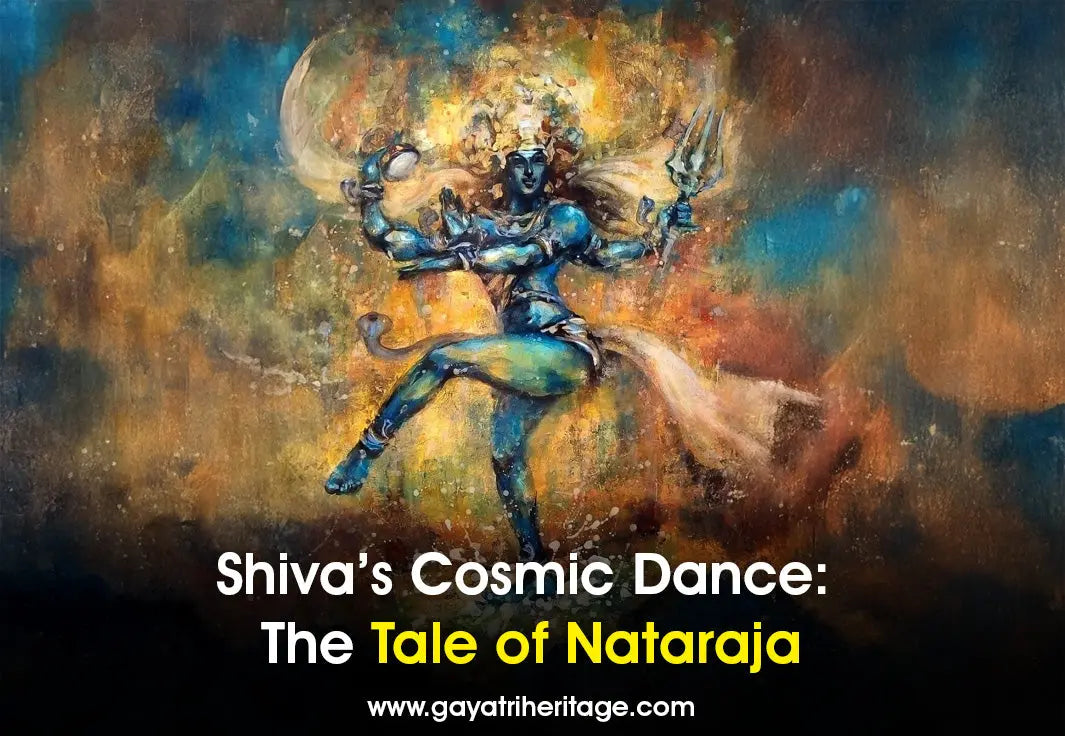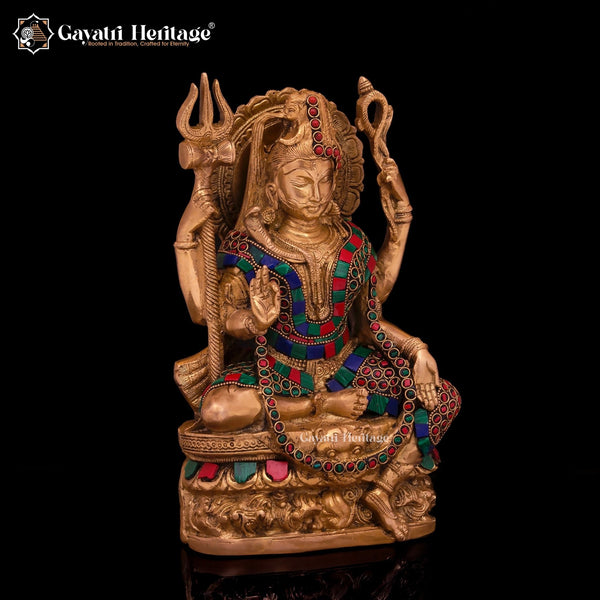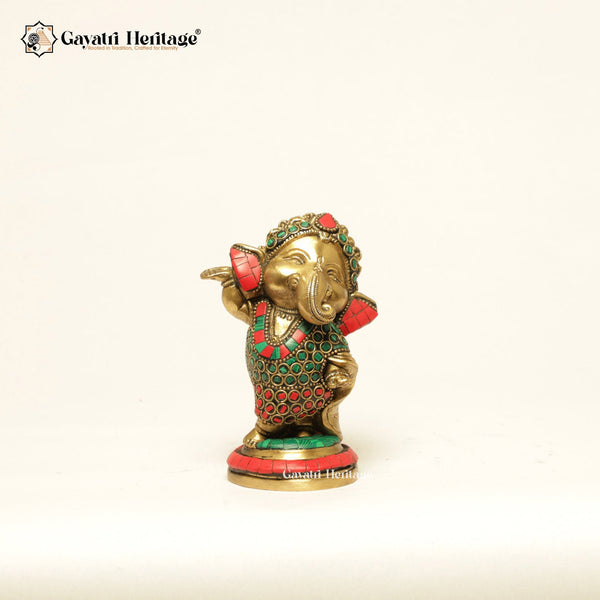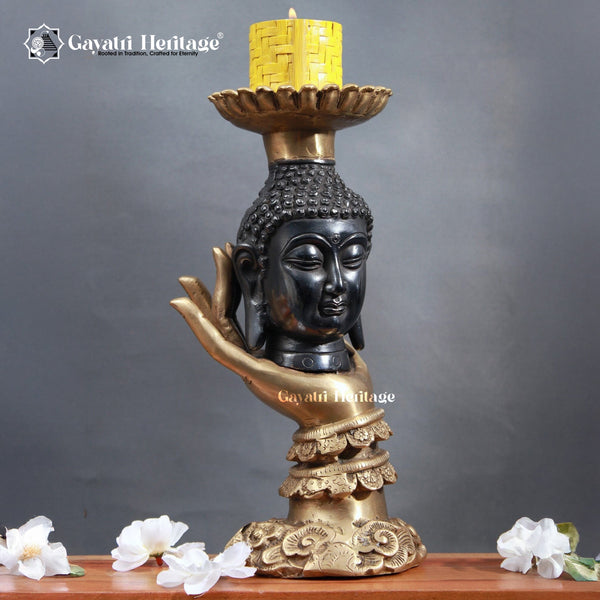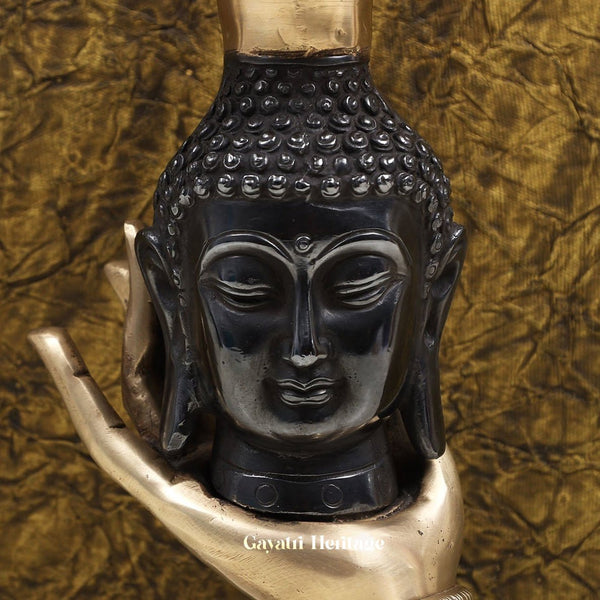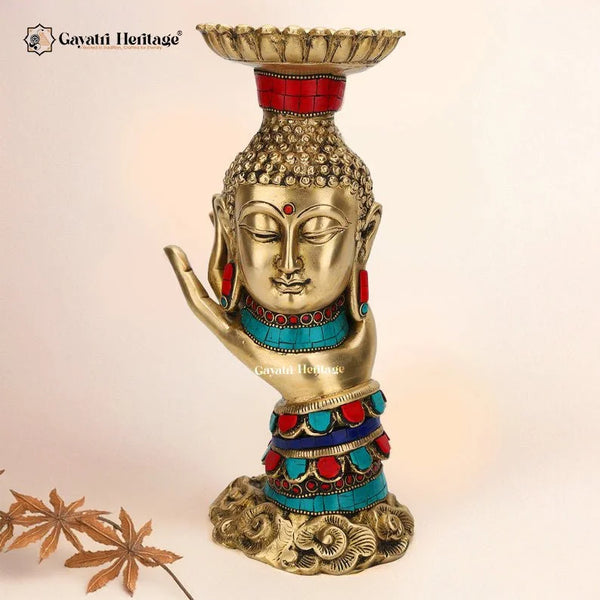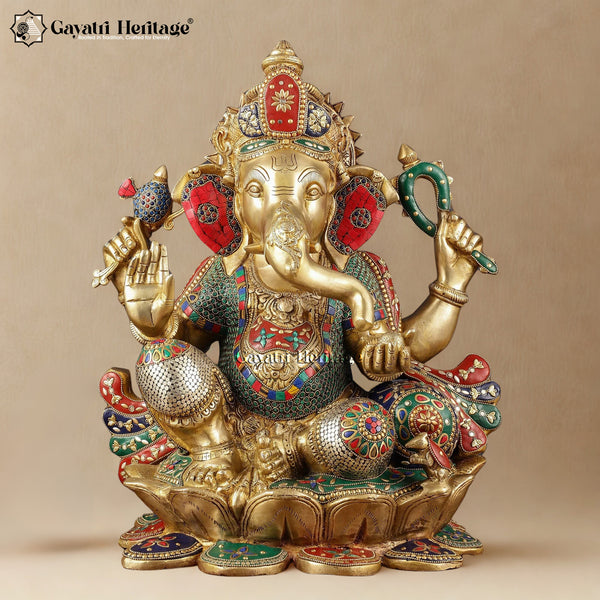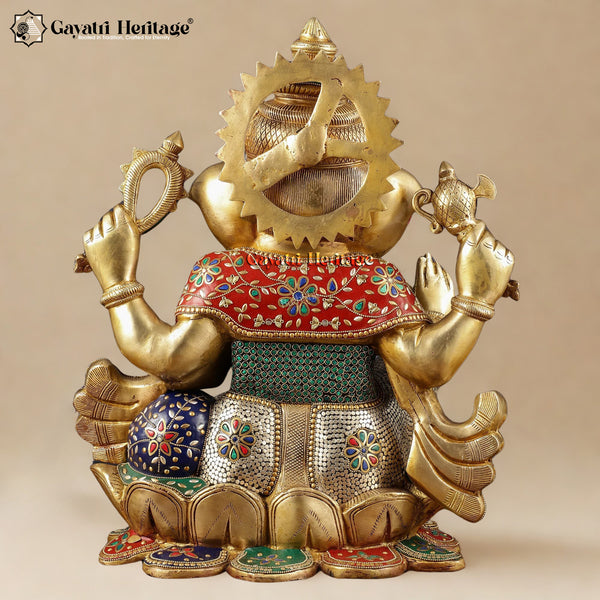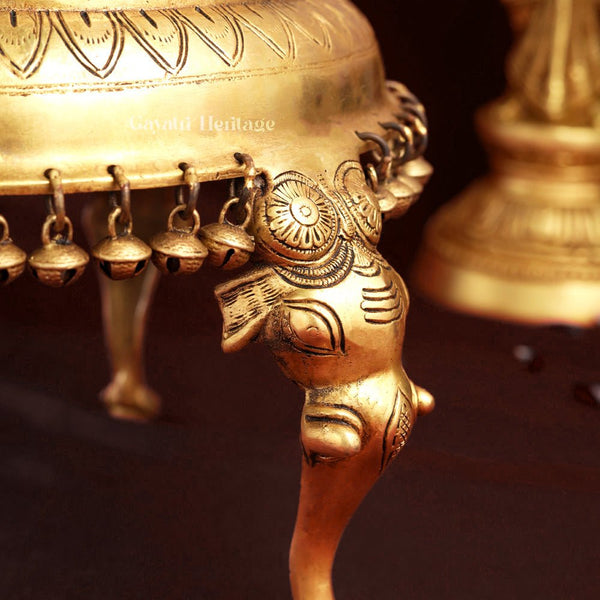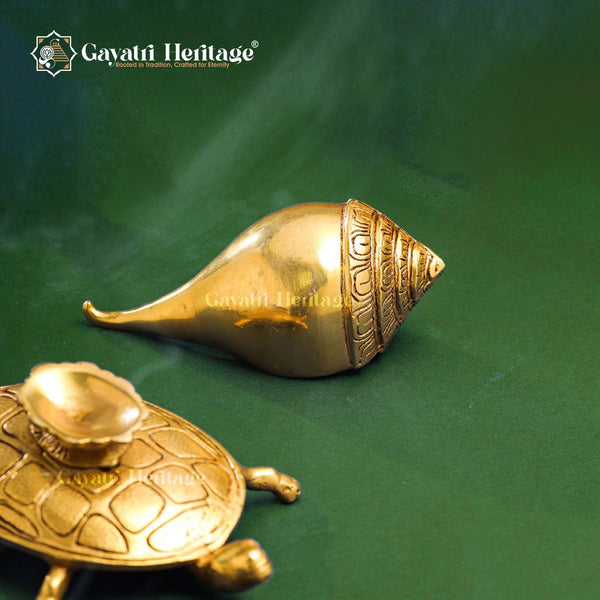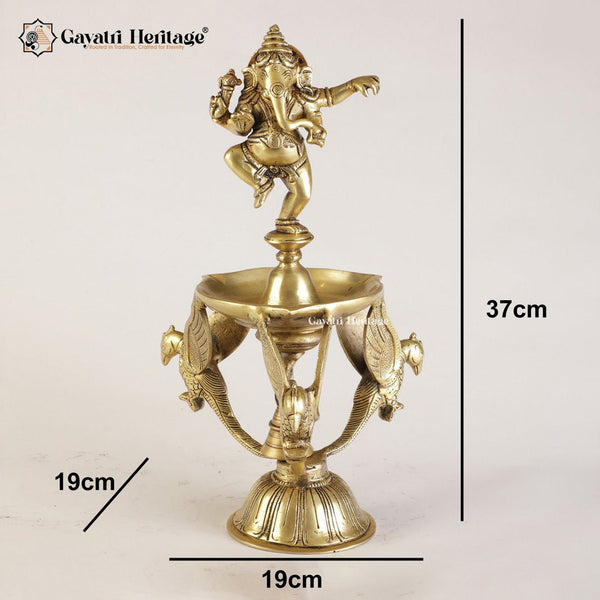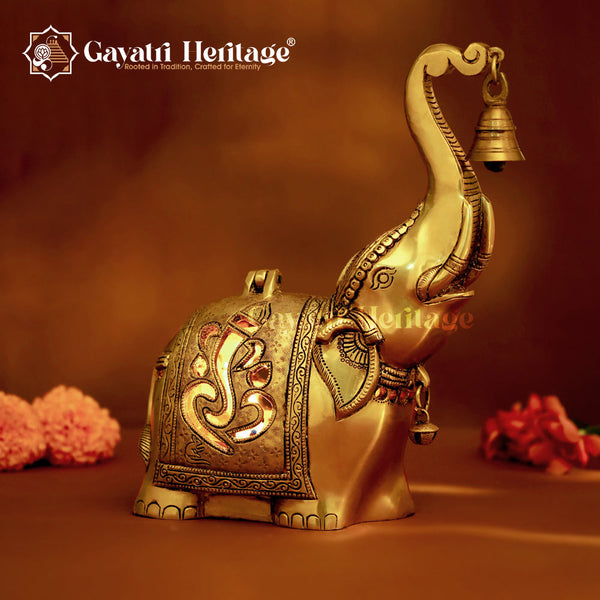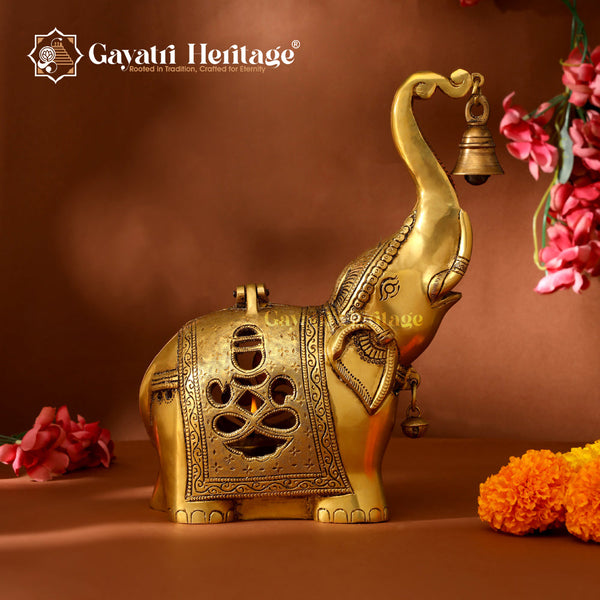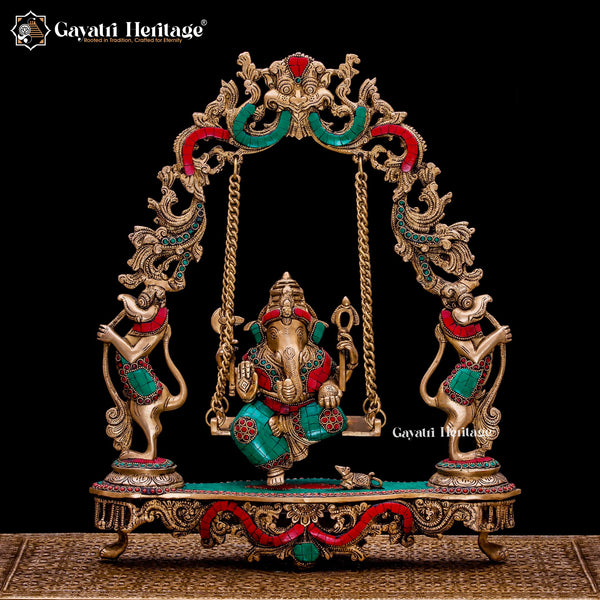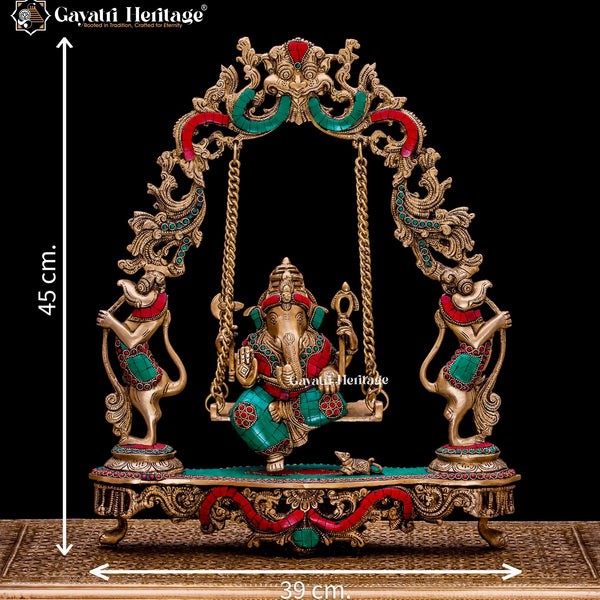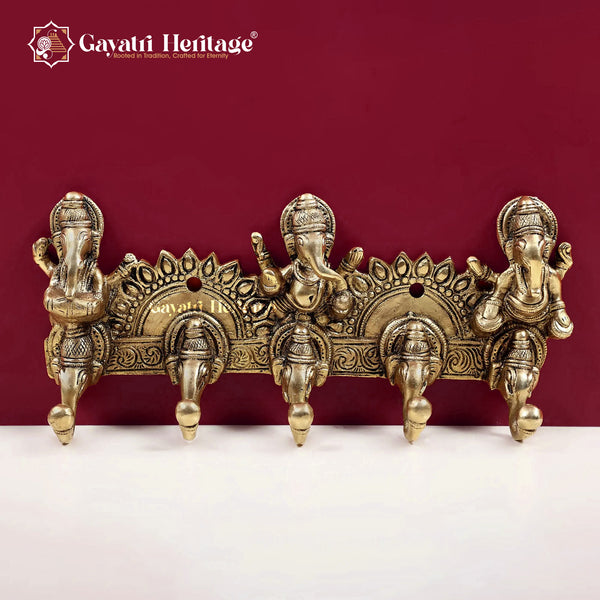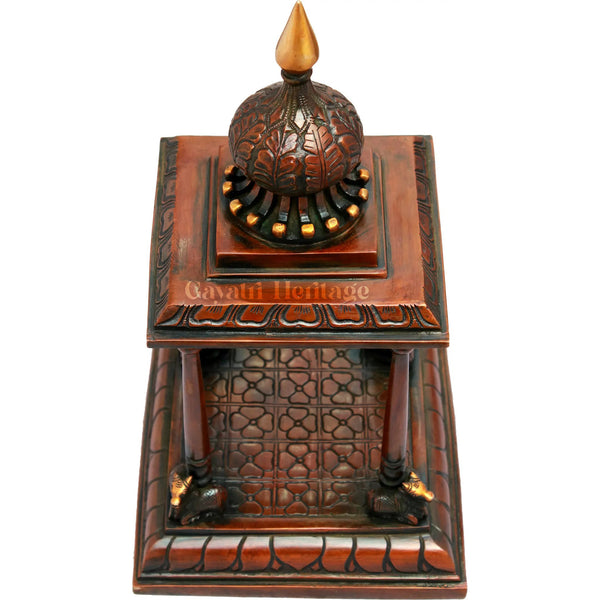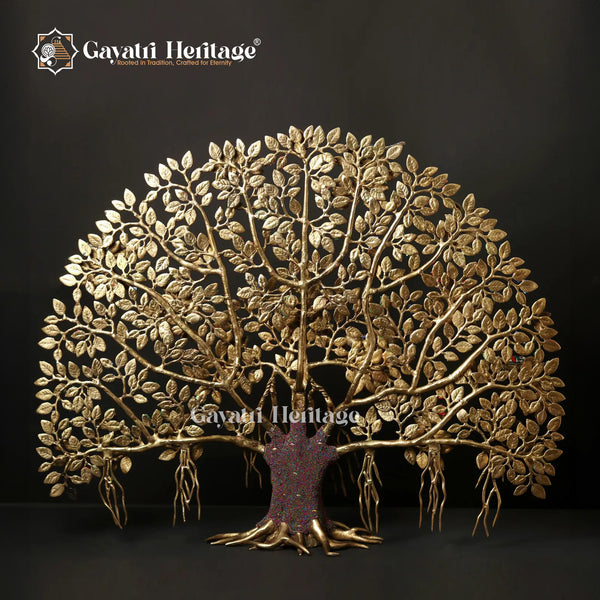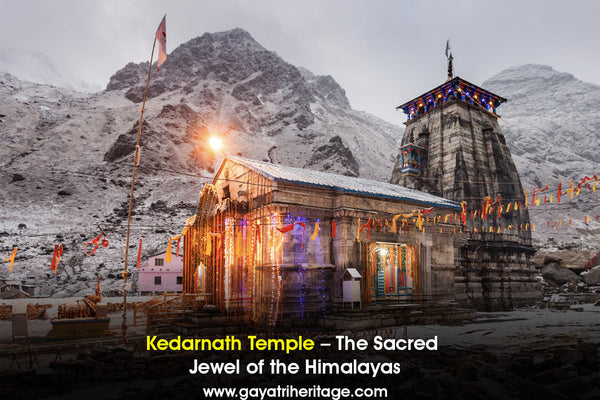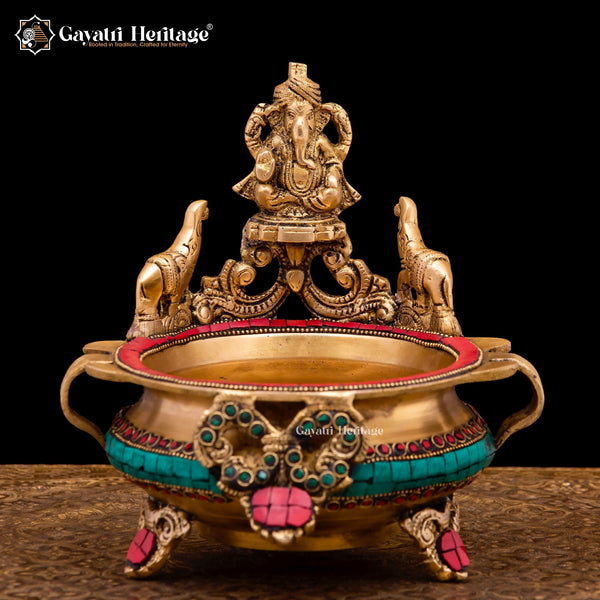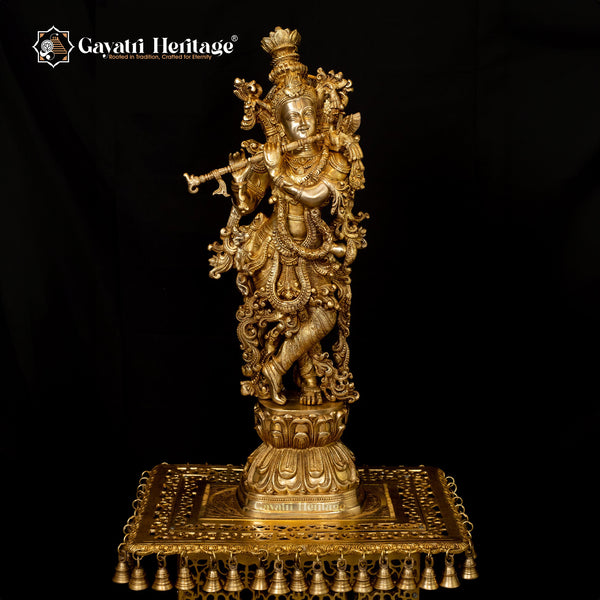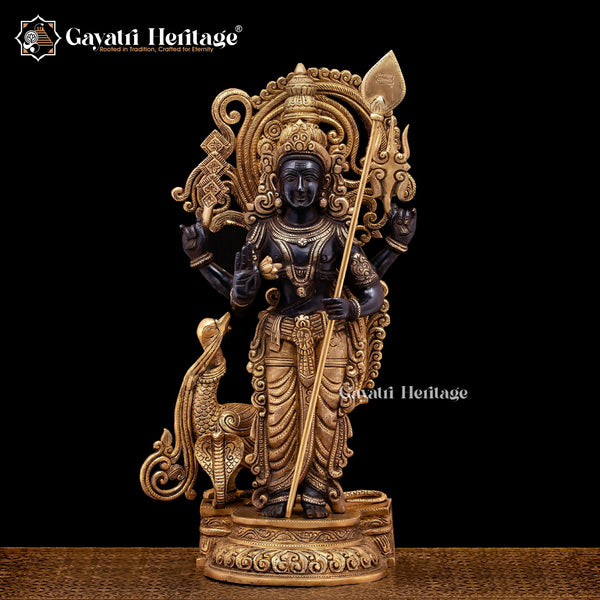Lord Shiva, the destroyer among the Hindu Trinity, is revered for his powerful and enigmatic forms. Among his many manifestations, Nataraja, the Lord of Dance, stands as an extraordinary depiction of divine art and cosmic truth. This iconic representation of Lord Shiva’s cosmic dance is rich in symbolism, capturing the essence of creation, preservation, and destruction.
What is Nataraja?
Nataraja, often referred to as "The Cosmic Dancer," is one of the most celebrated forms of Lord Shiva. Derived from the Sanskrit words "Nata" (dance) and "Raja" (king), Nataraja represents Shiva as the ultimate source of cosmic rhythm and harmony. The image of Nataraja is a powerful amalgamation of spirituality, art, and philosophy, making it a universal symbol of life’s dynamic nature.
The Nataraja icon depicts Lord Shiva dancing in the Ananda Tandava pose, which translates to the "Dance of Bliss." This cosmic dance represents the perpetual cycles of the universe: creation, preservation, and destruction. The Nataraja form is not just a religious icon but also a philosophical representation of the ultimate truth.
The Symbolism of Nataraja
The Nataraja form is a mesmerizing blend of artistic elegance and profound philosophy. The sculpture of Nataraja, often seen in temples and homes, portrays Shiva dancing within a circle of flames. Let’s unravel its deeper meaning:
- The Circle of Fire (Prabhamandala): The circular frame symbolizes the cycle of life, death, and rebirth. It represents the endless flow of the cosmos and the interconnectedness of all existence.
- The Dancing Pose (Tandava): Shiva’s dance is the Tandava, embodying the rhythm of the universe. It signifies both destruction of ignorance and the renewal of existence, reflecting the dynamic equilibrium of the cosmos.
- The Raised Left Leg: This posture symbolizes liberation and the upliftment of the soul. It indicates the path to Moksha, or spiritual freedom, achievable by transcending worldly attachments.
- The Dwarf (Apasmara): Beneath Shiva’s feet lies Apasmara, the demon of ignorance. Shiva’s act of trampling Apasmara signifies the triumph of knowledge over ignorance, a core tenet of Hindu philosophy.
- The Drum (Damaru): Held in Shiva’s upper right hand, the drum represents the sound of creation, marking the beginning of time and the vibrational energy that sustains the universe.
- The Flame (Agni): Held in the upper left hand, the flame symbolizes destruction, necessary for new creation. It reminds us that endings are merely transitions to new beginnings.
- The Abhaya Mudra: Shiva’s lower right hand gestures reassurance and protection, promising refuge to devotees and symbolizing divine grace.
- The Serpent: The snake coiled around Shiva’s body represents the Kundalini energy, the dormant spiritual power within every individual waiting to be awakened.
The Spiritual Significance of Nataraja
Shiva’s cosmic dance is not just a depiction of physical movement but a metaphor for the dynamic interplay of cosmic forces. It conveys:
- Creation: The rhythm of the drum symbolizes the creation of the universe, the beginning of life, and the heartbeat of existence.
- Preservation: The balanced dance posture signifies stability amidst chaos, reminding us of the importance of maintaining harmony in life.
- Destruction: The flames and Shiva’s fierce expression indicate the inevitable end of all things, leading to regeneration and renewal.
For spiritual seekers, Nataraja inspires self-awareness, reminding us to balance destruction (of ego and ignorance) with the creation (of knowledge and purpose). The form of Nataraja encourages introspection and alignment with the divine rhythm of the universe.
How is Nataraja Worshipped?
Devotees worship Nataraja to seek alignment with cosmic energies and achieve spiritual enlightenment. The worship of Nataraja is most prominent in South India, particularly in Tamil Nadu. The Chidambaram Nataraja Temple is the most iconic shrine dedicated to this form of Lord Shiva.
Rituals and Practices:
- Abhishekam (Holy Bath): The idol of Nataraja is bathed in milk, honey, and other sacred substances, symbolizing purification and devotion.
- Chanting and Bhajans: Devotees chant Shiva’s names and sing devotional songs, invoking his blessings.
- Ananda Tandava Celebration: Special festivals like Maha Shivaratri witness grand celebrations with performances of the Ananda Tandava dance.
Beliefs Associated with Nataraja Worship:
- Worshipping Nataraja is believed to grant inner peace and clarity of mind.
- It helps in overcoming ignorance and obstacles in life.
- Devotees feel a deeper connection with the cosmic forces, leading to spiritual growth and enlightenment.
The Cultural and Artistic Legacy of Nataraja
Nataraja’s depiction has transcended religious boundaries, influencing art, literature, and science. The bronze sculptures of Nataraja created during the Chola dynasty are considered masterpieces of Indian art and have been showcased in museums worldwide. The form of Nataraja has also inspired modern interpretations, symbolizing the interplay between science and spirituality, particularly in quantum physics and cosmology.
Conclusion
Shiva’s Nataraja form is a timeless symbol of cosmic harmony and spiritual wisdom. It teaches us the interconnectedness of creation, preservation, and destruction in our lives and the universe. By understanding and embracing this divine dance, we find a path to liberation and enlightenment. The tale of Nataraja is a reminder of the infinite cycle of life and the eternal presence of divine energy.
Nataraja embodies the rhythm of the cosmos, inviting devotees to dance in harmony with the universe. Worshipping Nataraja is not just a religious act but a journey towards understanding the eternal truths of existence and attaining spiritual liberation.
